Building with Hempcrete: Build Environmentally
Seeing the environmental crises rising particularly because of the construction sector, more conscious choices regarding building materials need to be considered. Since the beginning of our craft, architects and constructors have been trying to utilize natural materials in buildings—either used in their raw form, like bamboo, or processed and incorporated into different materials. Hempcrete is one type of concrete incorporating natural materials; it is energy-saving and durable.
Concrete can be cast-in-place and concrete blocks are one of the best building materials for architects, likewise, hempcrete can be cast-in-place or prefabricated, and it is fire-resistant as it does not burn. However, hempcrete is more breathable than concrete. There is more to this eco-friendly material; it does not rot and it is termite and mold-resistant. The advantages of hempcrete will be discussed thoroughly in this article.
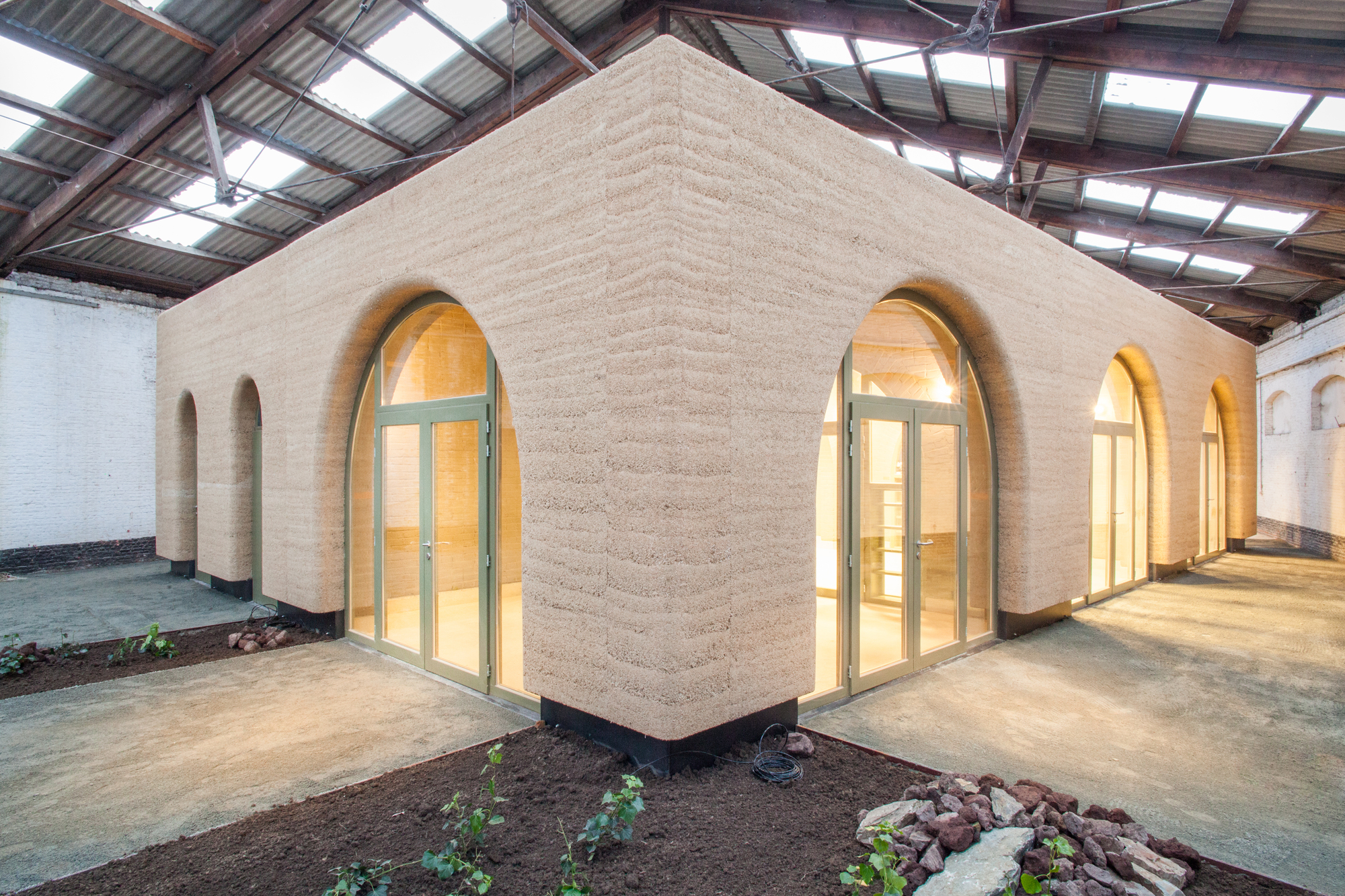
Regional House Edeghem, BC architects, Courtesy of BC architects
What is Hempcrete?
Hempcrete, or alternatively named hemp-lime, is a bio-aggregate concrete made of hemp shives and a lime-based binder. Hempcrete is used for construction and insulation—it is a lightweight material, yet it is solid and durable.
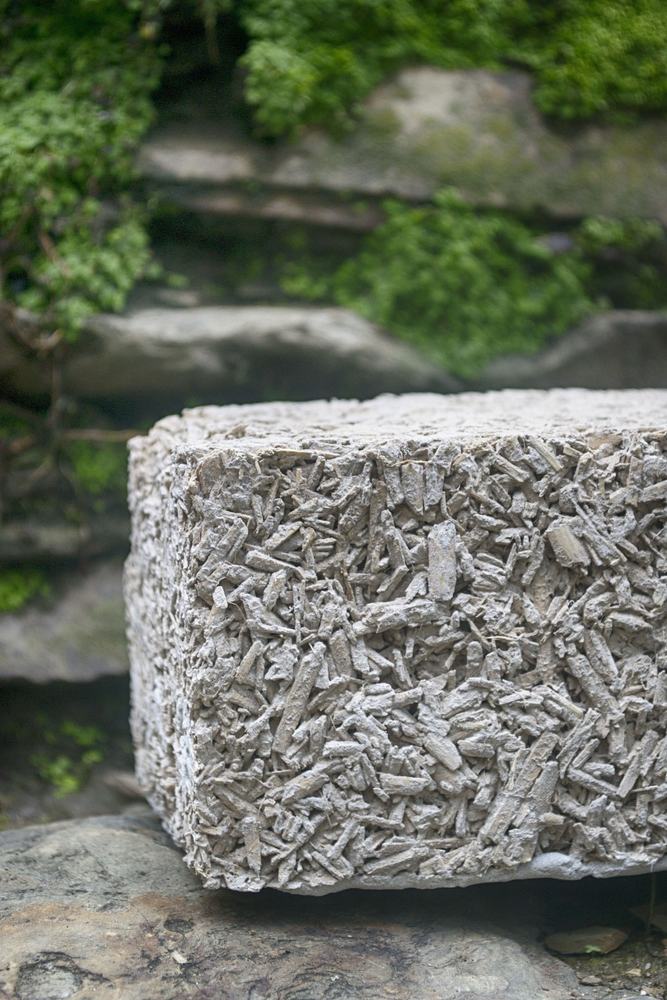
Courtesy of Go Hemp
History of Hempcrete
Hemp is a crop that has been domesticated by humans since the beginning of history due to its various applications—hemp seeds and flowers have been used in the fields of food, medicine, and beauty products, while the fibers and stalks of hemp are a vital element in producing paper, clothes, and biofuel. In the modern-day with more people and industries considering the environment through the whole life cycle of materials, even the waste of hemp, hemp shives, is being processed. These hemp shives are being used to produce hempcrete.
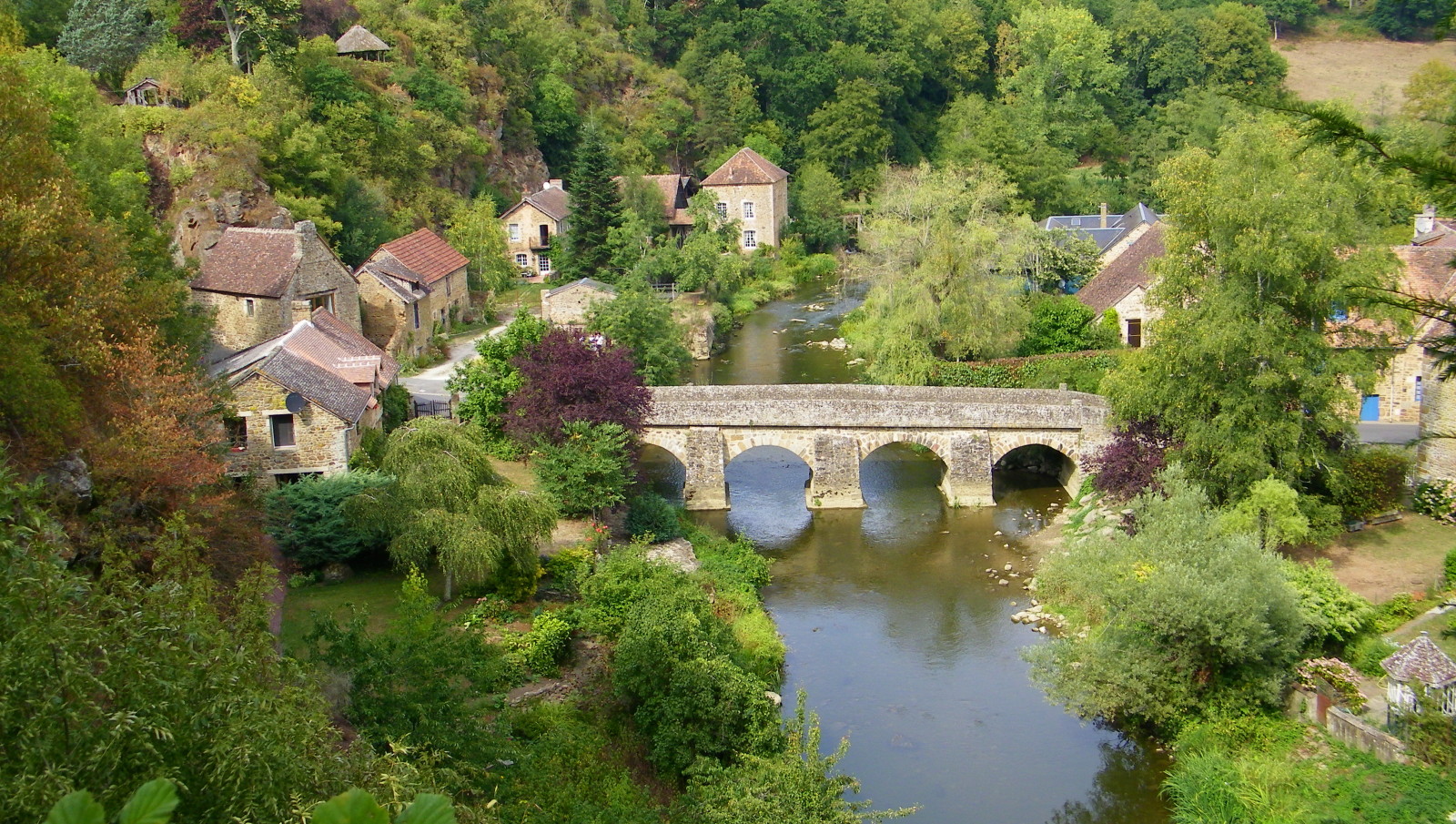
Hemp mortar stone Merovingian bridge, Sarthe River Bridge in Saint Céneri le Gérei, France.
Hemp in the manufacturing field was first used in the manufacture of ship ropes and fabrics. Regarding the construction field, hempcrete was first known in France in the 1980s, it was used as a method of improving the thermal performance of medieval timber frame buildings. Quite surprisingly, the Gauls in France used hemp mortar to build the pillars of a bridge in the 6th century! In a likely manner, the Romans used hemp fiber in reinforcing the mortar in their exquisite buildings.
Is Hempcrete a good building material?
Considering the three pillars of sustainability: planet, people, and profit, hempcrete is a good building material—it is eco-friendly, it creates healthy indoors, and it is cost-effective.
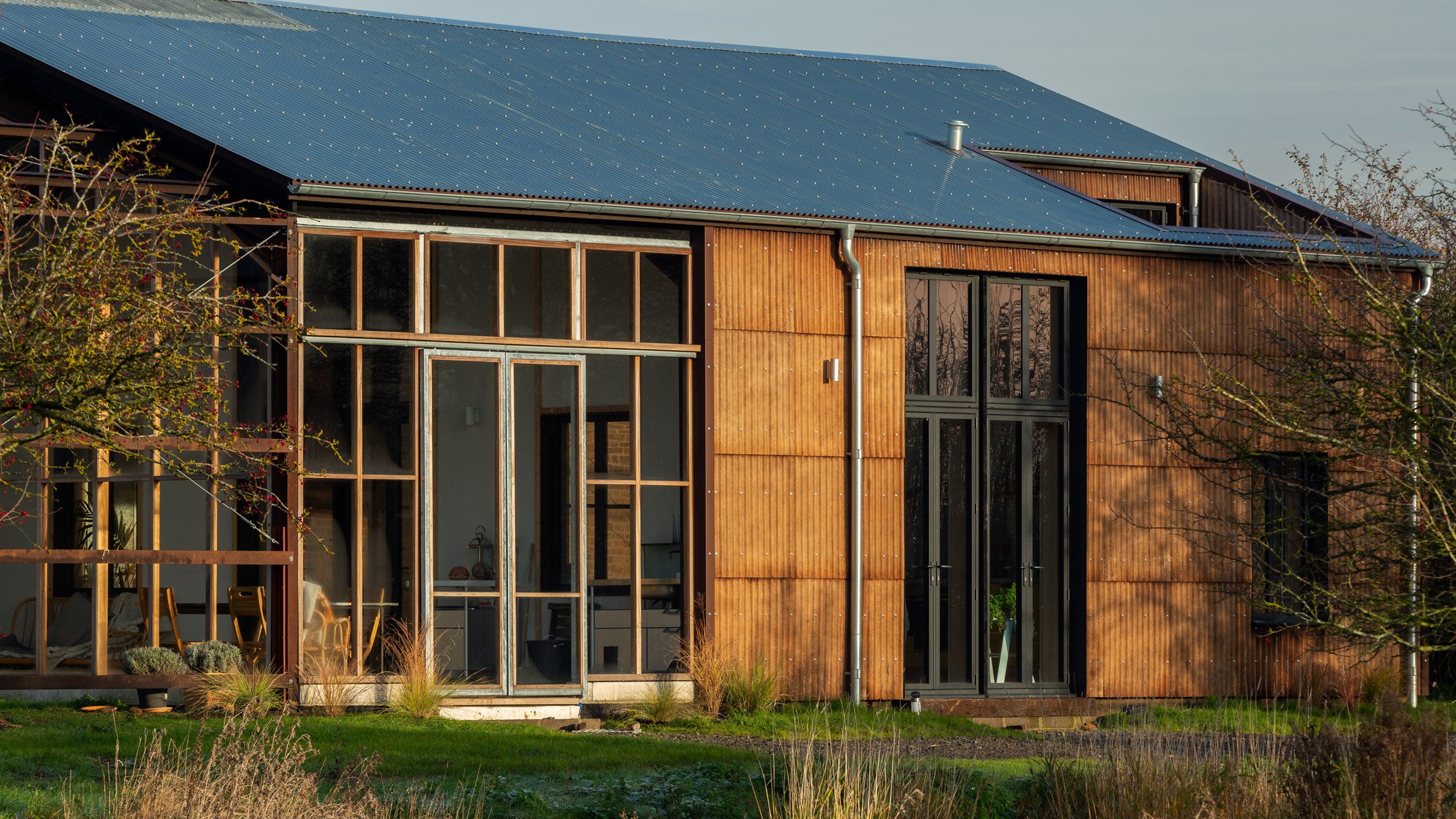
Photography by Oscar Proctor
Hempcrete is an Eco-Friendly Building Material
Research is proving this natural building material is an environment-friendly one throughout its whole lifecycle—hempcrete is a “carbon-negative” building material. As a plant, hemp absorbs so much carbon dioxide because it is a tall, fast-growing plant. The amount of carbon taken out of the atmosphere during this phase compensates for the CO2 emissions during the production and application phases. Moreover, the emissions, compared to those caused by the production of conventional concrete, are fairly low.
Further than mitigating carbon emissions, the use of hempcrete is an effective waste management approach as the hemp shives used in the production of hempcrete was considered waste. For these reasons, incorporating hempcrete reduces energy consumption and lowers the overall environmental impact of the building.
-
It Creates Safe and Healthy Indoors
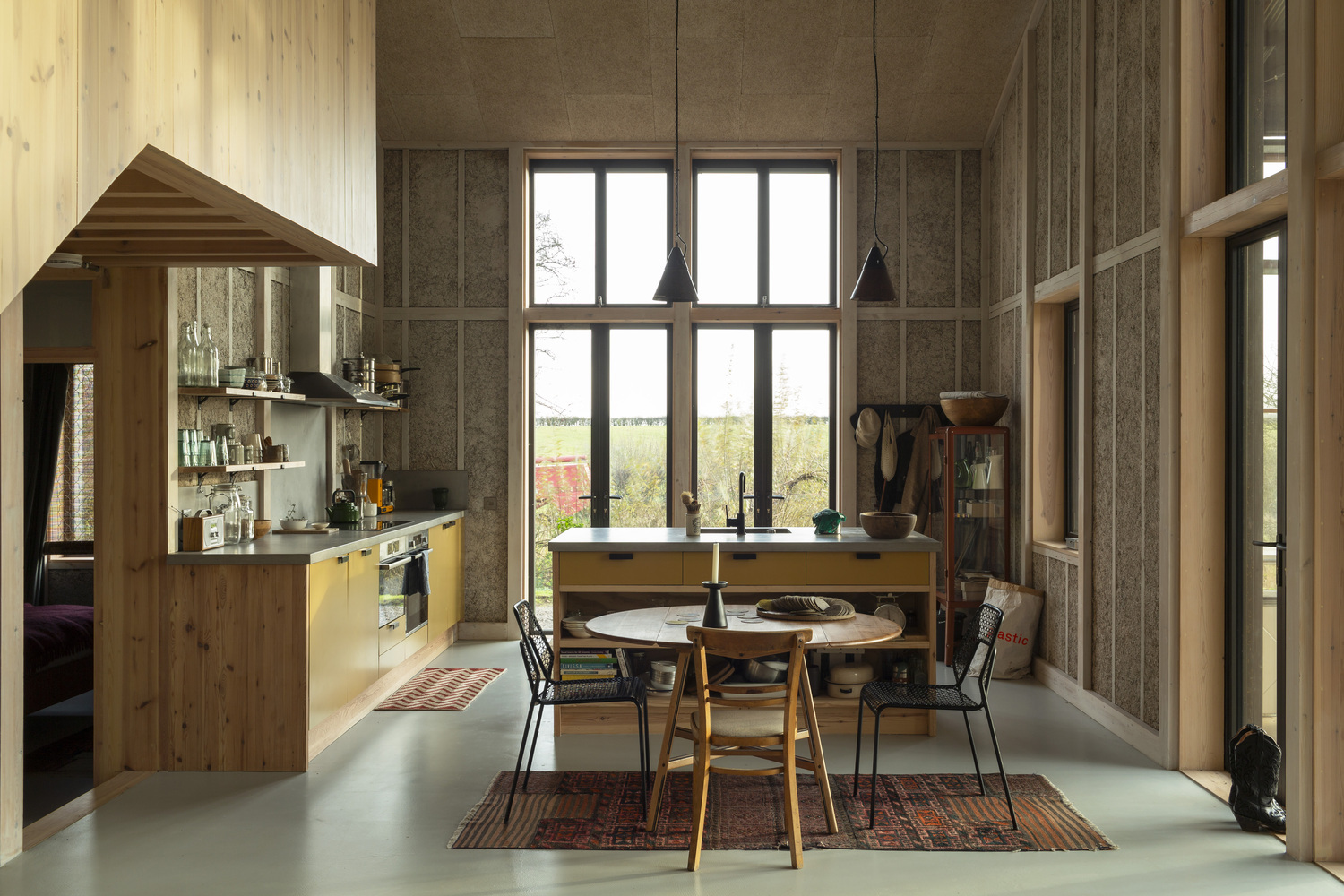
Photography by Oscar Proctor
Hempcrete is fire resistant because of the lime added to it—the lime coat provides enough time of fire resistance for the inhabitants of a building made of hempcrete to leave uninjured.
Moreover, hempcrete helps create healthy indoors because it needs no added chemicals to resist fire and termites as the case in other conventional building materials. It is also a porous, breathable material—hempcrete performs very well regarding humidity as it absorbs moisture during times of high relative humidity and releases it when the relative humidity drops. This feature makes hempcrete mold resistant as well even when activities where the air holds excess moisture are being carried out. Hempcrete mitigating humidity reduces the use of mechanical ventilation systems and protects the inhabitants from infections and allergies.
Hempcrete is an Effective Insulator
Hempcrete is remarkable regarding its thermal properties. The air pockets within the material and the density of the lime binder make it an effective performer in both thermal insulation and thermal mass. Thus, hempcrete can store heat -from the sun or internal heating- quickly and release it gradually as the building cools down—making it perfect for climates with high-temperature variation between day and night and effective during both summer and winter.
This feature allows natural ventilation without the fear of losing the stored heat and reduces energy consumption fairly, as most of the energy is consumed to heat or cool buildings. The porosity of hempcrete makes it an effective acoustic insulator as well.
-
It is a Material of Various Applications
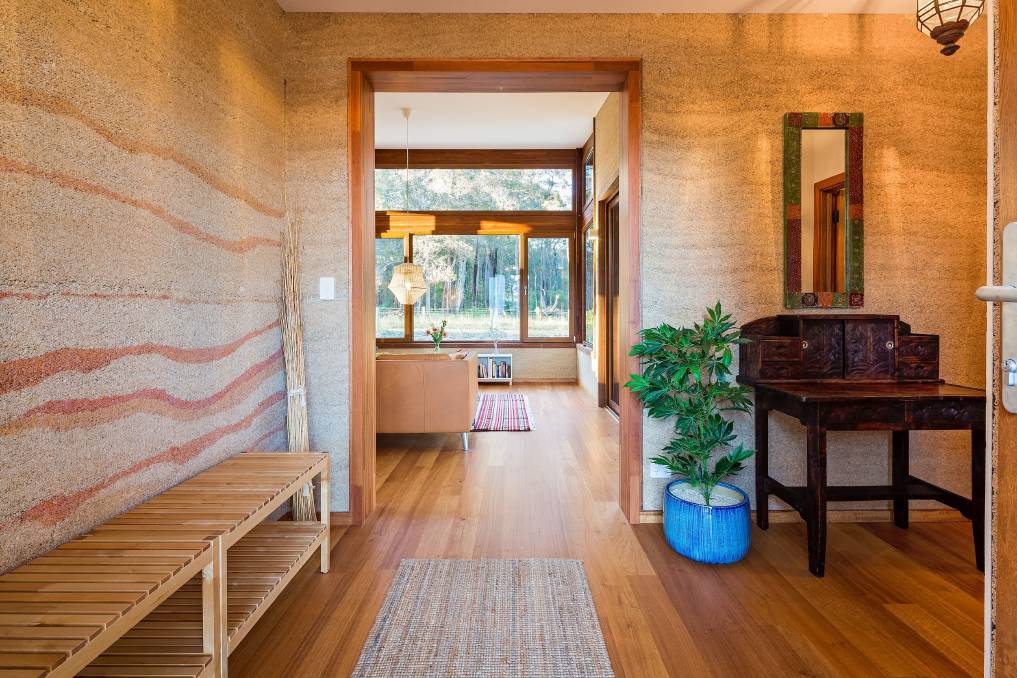
Courtesy of The Islander
Hempcrete is most commonly used to insulate walls, ceilings, and roofs—it is efficient because it works as a wall and as insulation. Coats including lime or clay plaster can be added to the surface of hempcrete as long as it keeps the material breathing so it performs at its best. In addition, hempcrete can be an alternative for the mineral aggregates needed in conventional concretes.
In the field of historic building restoration, hempcrete is used as an insulation layer added to solid walls, or to repair infill panels in timber frame buildings—hempcrete can easily be formed into uneven shapes and support itself.
Hempcrete Comes With Little and Mitigable Challenges

Courtesy of IsoHemp
The use of hempcrete is gaining more popularity over time—however, the fact that it is a relatively new material makes it quite hard to work with. More technical studies and experiments are needed to support the material, while professionals of the construction field need to understand the key concepts and techniques before working with hempcrete.
Problems mostly happen because of the expectation that hempcrete performs in the same way as conventional building materials, which is not true. On the other hand, such problems will easily be solved after gaining knowledge and experience.
Emily Reyes is a Brooklyn-based architecture writer and Article Curator at Arch2O, known for her sharp eye for experimental design and critical theory. A graduate of the Southern California Institute of Architecture (SCI-Arc), Emily’s early work explored speculative urbanism and the boundaries between digital form and physical space. After a few years in Los Angeles working with boutique studios on concept-driven installations, she pivoted toward editorial work, drawn by the need to contextualize and critique the fast-evolving architectural discourse. At Arch2O, she curates articles that dissect emerging technologies, post-anthropocentric design, and contemporary spatial politics. Emily also lectures occasionally and contributes essays to independent design journals across North America.

